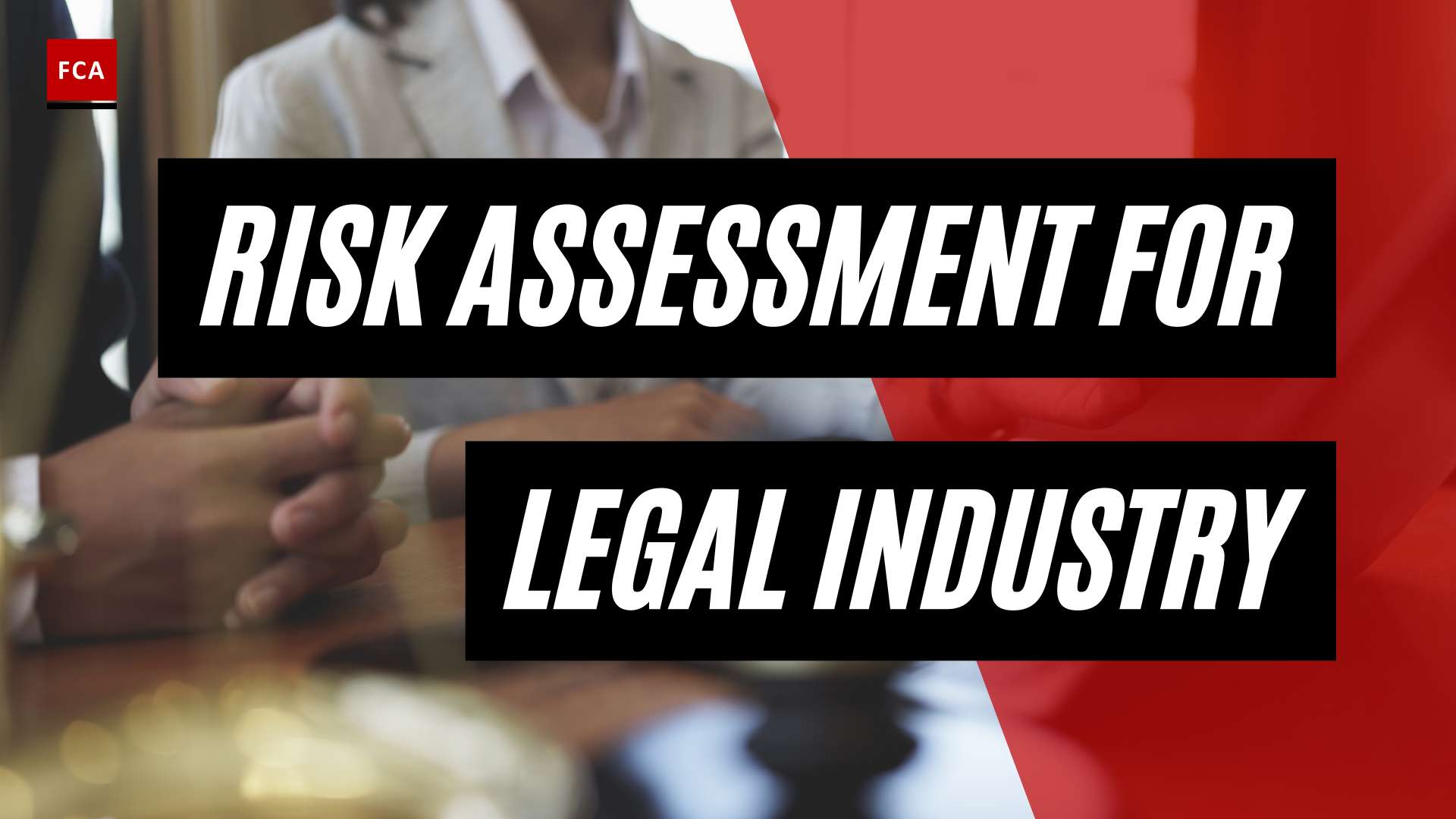Understanding the FATF
The Financial Action Task Force (FATF) is an intergovernmental body that plays a fundamental role in setting the global agenda for anti-money laundering (AML) and counter-terrorist financing (CFT).
History and Purpose of the FATF
Established in 1989 by the G7 countries, the FATF was initially conceived to combat money laundering. However, its mandate expanded post the 9/11 attacks in 2001 to include terrorist financing. In 2012, the FATF further broadened its scope to cover proliferation financing, which includes recommendations on preventing the financing of weapons of mass destruction.
The FATF’s primary goal is to protect the integrity of the global financial system by preventing money laundering, terrorist financing, and proliferation financing. It does this by developing and promoting policies, both at national and international levels.
Scope of the FATF’s Mandate
The FATF’s mandate is broad and includes a number of key responsibilities. These include monitoring and assessing the implementation of its Recommendations by member countries, identifying jurisdictions with strategic deficiencies in their AML and CFT regimes, and providing guidance and assistance to countries in implementing effective measures (FATF).
The FATF Recommendations are a crucial part of this mandate. These are a set of internationally endorsed standards for combating money laundering, terrorist financing, and proliferation financing. For a detailed understanding, refer to our guide on FATF recommendations explained.
The organization also conducts mutual evaluations of member countries’ compliance with these Recommendations. Through this, the FATF helps ensure that its member countries implement effective AML and CFT measures and identify any areas for improvement.
Understanding the FATF’s history, purpose, and mandate is key to comprehending the role it plays in shaping global AML and CFT policies. Its work is essential in maintaining the integrity of the international financial system, making it a vital organization for professionals working in compliance, risk management, anti-money laundering, and anti-financial crime.
FATF’s Compliance Framework
The Financial Action Task Force (FATF) has established a robust compliance framework to combat illicit activities such as money laundering, terrorist financing, and proliferation financing. This framework revolves around the FATF Recommendations, which are recognized as the global standard for combating these threats to the integrity of the financial system.
The FATF Recommendations
The FATF Recommendations are a comprehensive set of measures that countries are expected to implement to strengthen their financial systems against threats of money laundering, terrorist financing, and proliferation financing. These recommendations serve as the cornerstone of the FATF’s compliance framework, guiding countries in the establishment and improvement of their legal, regulatory, and operational measures for combating these illicit financial activities.
The FATF Recommendations cover a broad range of areas, including:
- Risk assessment and application of a risk-based approach
- Legal and institutional frameworks
- Measures to prevent the misuse of financial institutions, designated non-financial businesses and professions, and non-profit organizations
- Preventive measures for financial institutions and other designated sectors
- Transparency and beneficial ownership of legal persons and arrangements
- Powers and responsibilities of competent authorities
- International cooperation
For a comprehensive understanding of each recommendation, you can visit our detailed article on fatf recommendations explained.
Implementation of the FATF Recommendations
Implementing the FATF Recommendations requires a sustained and coordinated effort from all stakeholders, including governments, regulatory authorities, financial institutions, and non-financial businesses and professions. Effective implementation is essential to ensure the integrity of the financial system and to protect it from being misused for illicit activities.
Key aspects of the implementation process include:
- Conducting a national risk assessment to identify, assess, and understand the money laundering and terrorist financing risks facing the country
- Establishing a legal and regulatory framework that is consistent with the FATF Recommendations
- Ensuring that financial institutions and other designated sectors implement the necessary preventive measures, including customer due diligence, record-keeping, and reporting of suspicious transactions
- Establishing competent authorities with the necessary powers and resources to effectively supervise, monitor, and enforce compliance with the AML/CFT requirements
- Implementing measures to ensure transparency of beneficial ownership of legal persons and arrangements
- Enhancing mechanisms for international cooperation, including mutual legal assistance, extradition, and exchange of information
The FATF conducts regular assessments of its members’ compliance with the Recommendations and provides feedback to assist them in strengthening their AML/CFT frameworks. Non-compliance can result in a country being placed on the FATF’s list of high-risk jurisdictions, with significant economic and reputational consequences. For a deeper dive into the implications of the FATF Recommendations for different sectors, you can explore our articles on fatf recommendations for financial institutions, fatf recommendations for cryptocurrency exchanges, and fatf recommendations for risk assessment.
Impact of Non-Compliance
Failing to adhere to the FATF’s compliance framework carries significant consequences, particularly if a country is placed on the FATF’s Black or Grey Lists. These lists signal to the international community that the country’s AML and CFT measures are deficient. The repercussions of non-compliance can have a profound impact on a country’s economy and global standing.
Consequences of FATF Blacklisting
When a country is placed on the FATF’s Blacklist, it signifies that the country has significant strategic deficiencies in its AML and CFT measures. This blacklisting can have severe consequences, including restrictions on cross-border transactions, difficulties in obtaining credit, limitations on foreign investments, and a decrease in international standing. This could significantly impact the country’s financial systems and reputation.
As of October 2023, there are 26 countries on FATF’s Black List or Grey List, including countries like the Democratic People’s Republic of Korea, Iran, Myanmar, Barbados, Nigeria, South Africa, Syria, and many others (White & Case). For more information on the FATF’s blacklisting process and the current list of blacklisted and greylisted countries, refer to our article on FATF recommendations explained.
Economic Repercussions of Non-Compliance
Countries on the FATF’s Black and Grey Lists can expect significant economic ramifications. This often includes increased scrutiny of transactions, making it more difficult for businesses and individuals to conduct international transactions. It can also result in a decrease in foreign investment and difficulties obtaining credit, which can stifle economic growth and development.
Similarly, European Union also publishes a list of third-country jurisdictions with strategic deficiencies in their AML/CFT regimes, known as the “EU High-Risk Third Countries List”. Notably, 88% of countries on FATF’s Black and Grey Lists are also included in the EU’s High-Risk Third Countries List.
To avoid these consequences, it’s crucial for countries to ensure they comply with the FATF’s recommendations, which are summarised in our articles on FATF recommendations for financial institutions, FATF recommendations for AML compliance, and FATF recommendations for risk assessment.
The FATF Lists
The Financial Action Task Force (FATF) maintains two important lists: the Black List and the Grey List. These lists serve as a global indicator of countries that have strategic deficiencies in their anti-money laundering (AML) and counter-terrorist financing (CTF) regimes. The European Union (EU) also publishes a similar list known as the “EU High-Risk Third Countries List”. Understanding these lists is crucial for professionals working in compliance, risk management, anti-money laundering, and anti-financial crime.
Understanding the Black and Grey Lists
The Black List and Grey List are key components of the FATF’s efforts to enforce compliance with its recommendations. Countries are placed on these lists due to their strategic deficiencies in implementing effective AML and CTF measures.
The Black List includes countries that have failed to address these deficiencies and pose a significant risk to the international financial system. As of October 2023, countries such as the Democratic People’s Republic of Korea and Iran are on the Black List (White & Case).
The Grey List includes countries that have committed to addressing the identified deficiencies but have not yet fully complied. Countries such as Myanmar, Barbados, Nigeria, South Africa, and Syria are currently on the Grey List (White & Case).
| List | Example Countries |
|---|---|
| Black List | Democratic People’s Republic of Korea, Iran |
| Grey List | Myanmar, Barbados, Nigeria, South Africa, Syria |
The consequences of being listed can be severe, affecting a country’s financial systems and international reputation. This can include restrictions on cross-border transactions, difficulties in obtaining credit, limitations on foreign investments, and reduced international standing.
EU High-Risk Third Countries List
Similar to the FATF lists, the European Union (EU) maintains the “EU High-Risk Third Countries List”. This list includes third-country jurisdictions with strategic deficiencies in their anti-money laundering/counter finance terrorism (AML/CFT) regimes. Notably, 88% of countries on FATF’s Black and Grey Lists are also included in the EU’s High-Risk Third Countries List (White & Case).
The EU High-Risk Third Countries List is a crucial tool for financial institutions in the European Union which are required to apply enhanced due diligence measures on transactions involving high-risk third countries.
Understanding the FATF Lists and the EU High-Risk Third Countries List is an essential part of implementing the FATF recommendations for anti-money laundering and counter-terrorist financing. It is also crucial for risk assessment in financial institutions and for ensuring compliance with global AML/CFT standards.
Remediation and Delisting
Being listed as non-compliant by the FATF can have significant economic repercussions on countries, affecting their financial systems and reputation. Consequences include restrictions on cross-border transactions, difficulties in obtaining credit, limitations on foreign investments, and reduced international standing. Hence, the process of remediation and delisting becomes essential for these countries.
Process of Delisting
Countries wishing to be delisted must undergo a comprehensive remediation process to address identified deficiencies in their anti-money laundering (AML), countering the financing of terrorism (CFT), and proliferation finance frameworks. This process includes implementing measures in line with the FATF recommendations.
The remediation process involves a detailed review of the country’s AML/CFT measures, including their legal and regulatory framework, enforcement mechanisms, and international cooperation. The country must demonstrate that it has made significant improvements in these areas, and that it is committed to maintaining these improvements over the long term.
Once the country has made sufficient progress in addressing the identified deficiencies, it may request to be delisted. The decision to delist a country is made by the FATF Plenary, which meets three times a year. The Plenary reviews the progress made by the country, and if satisfied, will decide to delist the country.
Success Stories of Delisting
Despite the challenges involved in the delisting process, there have been numerous success stories. According to White & Case, 76 out of 98 countries that were previously listed by FATF have been successfully removed from the Lists up until October 2023.
These success stories demonstrate that despite the significant challenges involved, it is possible for countries to improve their AML/CFT frameworks and achieve delisting. However, delisting is just the first step. The real challenge lies in maintaining the improvements and ensuring ongoing compliance with the FATF recommendations.
For more insights into the FATF recommendations and their implications for AML compliance, visit our articles on FATF recommendations for financial institutions, FATF recommendations for cryptocurrency exchanges, and FATF recommendations for risk assessment.









